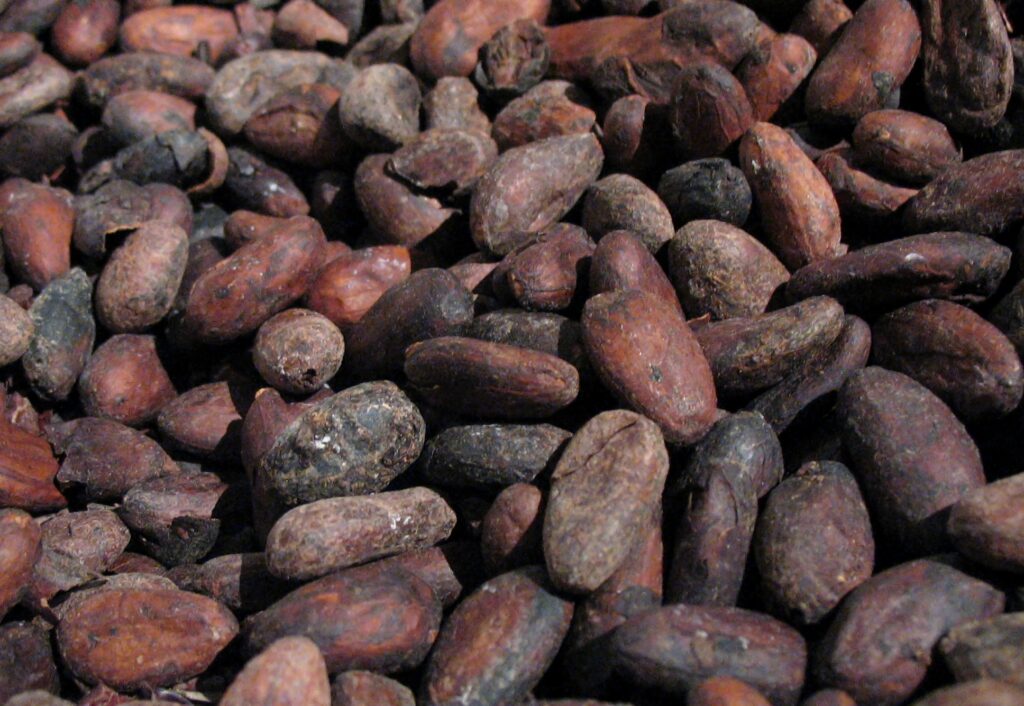
The chocolate industry is huge and it is estimated that the chocolate confectionary market is valued at over 200 billion USD world wide This means that we are constantly tempted by ads, posters, billboards and jingles pushing another chocolate bar on us. But how did we become such major consumers of the seeds of a tropical tree originally from South America.
The ancient Maya were drinking hot chocolate in Central America as far back as 400 BC.
The region’s hot, humid conditions — like those of South America, western Africa and Southeast Asia — are perfect for growing cocoa plants.
Pods are harvested manually twice a year. Once ripe they’re picked from trees and opened using a wooden club or machete to extract the 20-40 wet cocoa beans inside.
Still covered in pulp, the beans are piled up, covered and left to ferment naturally. The length of this process, critical to developing flavor, depends on the type of bean.
The next step is the all-important drying process, which takes between one and two weeks.
Beans are usually laid out in the sunshine until their moisture content is reduced from 60 to about 7.5 percent.
They’re then packed into sacks, stored and later shipped to factories where manufacturers clean and roast them.
The fragments of beans are ground in mills until they’re reduced to a thick chocolaty liquid which solidifies on cooling. This is the basic ingredient for all chocolate and cocoa products.
Cocoa production worldwide is estimated to be annually 4,8 million tons with Africa producing about three quarters of the world’s cocoa beans.
This report was produced by Mwanzo TV with the support of Code for Africa and Deutsche Welle Akademie Kenya






